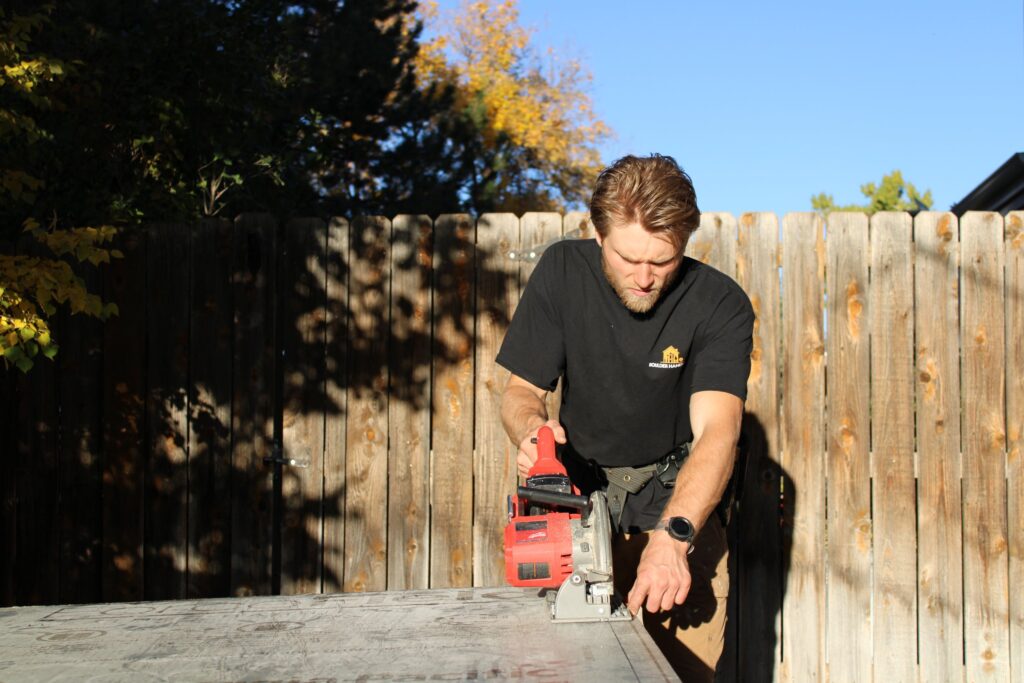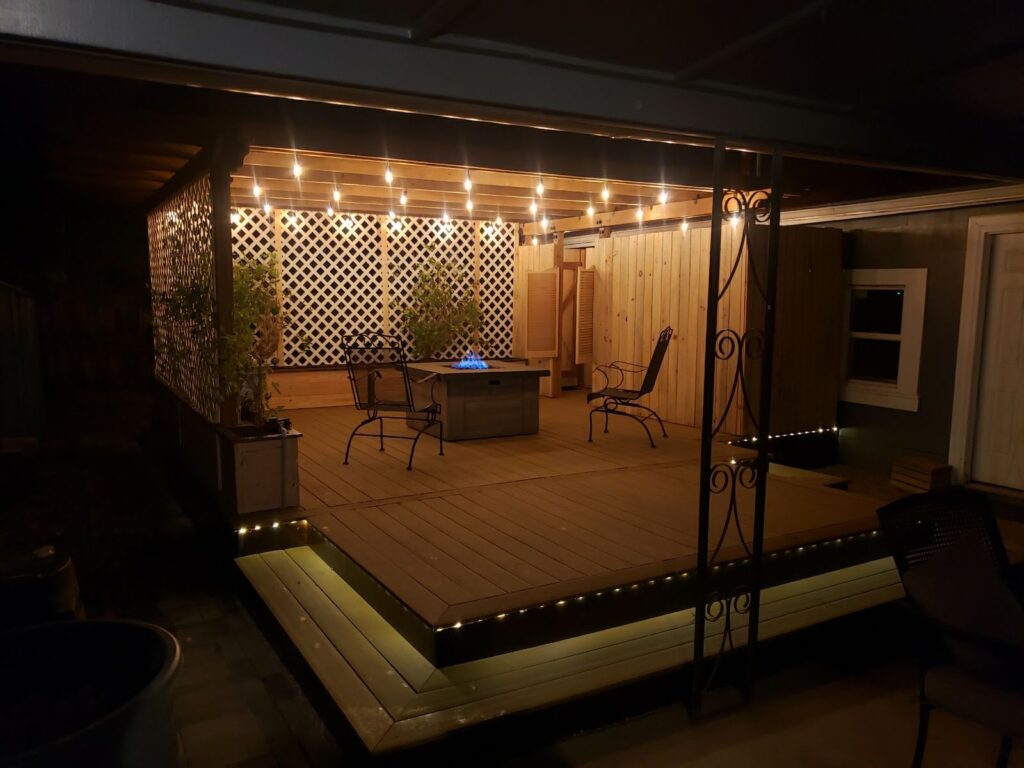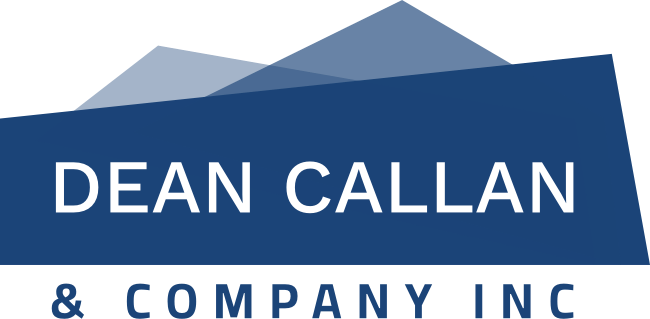Remodeling With Purpose (1 of 2)
Simplifying the process of remodeling can be extremely helpful. I think the saying goes “You have to slow down, to speed up” – in other words, slow down. Simplify the process, and ensure you’re prepared. It’s not a small undertaking, and there are a multitude of decisions to make, but the many pitfalls of a remodel can certainly be avoided.
Let me introduce you to Alec Segal, a local builder and handyman whose craft is redefining how people approach the remodeling process.
“Simplifying and reducing the fluff, Alec and Craig are bringing you a perspective to set up your remodel plans in 2024 with a thoughtful approach to successfully adding a personal touch to your home. “
An inside perspective from Alec at Boulder HandyMan
Craig: Hey Alec, it’s great that we’ve been able to connect on all things remodeling. To jump in, tell us a bit about how you got into the business and where your experience and passion for building things comes from.
Alec: Just a fair warning, this is going to be a long answer. My passion started with my grandpa Joe. He was a World War 2 veteran who became a computer technician by day after the war back when computers were first coming around. And each evening, he was a handyman who’d go do remodels or fix things around town. He put a screwdriver in my hand and had me uninstalling cabinet doors before I could walk. After he passed away, I was fortunate enough to have an uncle who flew around the country setting up all those huge trade show exhibits at convention centers and in between that, was a cabinet maker and woodworker. Soon after my grandpa passed, he took me under his wing with woodworking, as well as working and building the exhibits at the tradeshows. I was a kid running around the convention center. So for as long as I can remember, I’ve been building. I was interested in outdoor builds when I was earlier in my career (in my teens), so I spent quite a bit of time rebuilding backyards into oases. But, with the requests increasing for more interior work, I moved towards that line of work – handyman work, flooring, renovations, and remodeling. At around 24, I took a break from working directly with that population, and built tiny homes, did van-life van conversions, and built off-grid living for a couple of years – partially as a way to travel around the country to do builds. After a couple of years, I got back into handyman and remodeling work.

Craig: One of the things that caught my attention when we first conversed on a client’s project was how in-depth and thoughtful your response was. Honestly, I didn’t expect it. Tell us more about how you approach taking on a new client.
Alec: Thanks for saying that Craig. I appreciate it. Well, I think I honestly just ask questions and then craft my path forward with them. If they have a vision, I want to cultivate it and nurture it the best I can. And that means opening my ears and letting the creativity flow. Communicating. And then applying my knowledge of the process to that vision. As well as helping them to understand limitations or things that we need to keep in mind as these boundaries within the framework of this vision they have. The more I can understand my client, the better off we can be through the process. This can even be things like understanding what environments they like to visit on vacation, what architecture makes them feel at ease, and what things influence their home objectives.
Craig: So we’re discussing Remodeling and how simplifying things and taking time to work through details upfront can save an immense amount of time. What do you typically advise a client to think about in this process?
What do you advise them to watch out for or even avoid?
Alec: Yeah, good questions. There’s that sentiment of just fixing things right the first time. My number one piece of advice is to have twice as much patience as you think you need to have. Remodels are a big money investment, and doing them in a patient way will achieve the absolute best result. Approaching a remodel from the standpoint of stress will drive your decisions from the foundation of a stressed state, and when it’s in your home, it should be a place that provides you with respite, joy, and safety. We want this new addition to embody concepts that are important to you. And that can only be achieved by pursuing the process with those as the foundation.
The next thing to do is break everything down into manageable parts. If you want a bathroom remodeled, make a web organizer, or lists with pros and cons for items and ideas. Get creative, and then communicate your ideas with your contractor. In addition to this, have a list of priorities within the renovation. And work with your contractor to align that with your budget. Build in your own contingency factor. If you have $30,000 for a remodel, set your budget at $22,500. I’d also recommend (within this priorities section) that you start taking note of how many times you interface with things in each space, what interfacing makes things annoying or unsatisfying, and what process within these spaces makes you find ease and does not feel stressful.
Once we start knowing what things we want, I find it helpful to order samples (if applicable) or just outright order fixtures and put them in those spaces if it’s possible. And let them live with them under different lights and time of day. After the remodel, the appliances and fixtures are the icing on the cake. So this shouldn’t be rushed.
There is also tremendous value in opening up spaces, removing soffits, removing walls, or changing walls out with islands so your family can connect more easily in your home. And these are much more cost-effective ways of renovating a space.
Craig: As this process unfolds, how do you advise people to be confident in their decisions?
Alec: This again comes back to patience and frame of mind. Getting color swatches, samples, fixtures, etc, and putting them in your space can be tremendously helpful. Living with something and seeing how it feels is huge. And something I don’t typically tell anyone to do, but what I would like to recommend in an interview like this, is something that I do; which is, to go for a walk. It sounds dumb, but getting outside and walking can provide such clarity for your thinking process. Especially if you take a journal or a phone with you to write down your remodel and build ideas. The bigger version of this is to pay attention when you go on vacation as to what kind of architecture, layouts, and what kind of flow to spaces puts you at ease. You can even go visit homes that are for sale (open houses). Confidence in your decisions will look and feel a lot different than fixation or stubbornness.

Portch Remodel + Enclosure
Craig: And of course, we all want the space to be functional. What does that mean exactly? How does including an intention of “building a legacy” affect how you might approach a home remodel? Does this relate to both the interior and exterior?
Alec:
Functional really comes down to knowing one’s self; converging your expectations and responsibilities with your aesthetic appeal. And this is where my process of all the questions come into play. Not everyone knows how to optimize their space for their goals, and not everyone knows how to create a space with their intentions present within that design. But, pretty much everyone knows what they like, pretty much everyone knows what their responsibilities are, and pretty much everyone knows things that bother them. When you combine the three, you get insight into a path towards a functional space. The next step is spending time with a contractor who can conceptualize this and help create it.
Now in regards to your legacy question… We all have to pass it on at some point. Everything I do should be safe for kids because they’re the future. Working with me should help move you toward having a home that brings you peace. And a peaceful home, curated for you, optimized for you, will generate life and experiences within it as well as with it being the base to go pursue all of that for generations to come. Additionally, here, I work with people – in something called work-along – where they may opt into being a part of the build in a way that teaches them remodeling skills. It’s like having a “how-to” class alongside part of the build. Clients can work alongside and learn skills that they can then pass on and cultivate.
Craig: Thanks for making time to give us such a unique and valuable perspective! How else can people engage with your work?
Alec: Hey, thanks so much, Craig. It’s always awesome getting to talk to you. You’ve got really important questions that help people understand how to approach this process and look at it differently. If people want to reach me, they can head over to www.boulderhandy.com to make their home into a more beautiful and functional space. They can also reach me at (303) 905-7149. Thanks!
Wrap up:
My approach to real estate involves strategy to position you for life’s changes as well as setting you up for future economic security. I do this by being a resource long before, during, and after the opportunity to work with you. That’s why I put an immense amount of effort into building strong, lasting relationships with fellow industry professionals who I can trust and feel good about highlighting the amazing work they do.
Did this spark some questions and ideas for your future remodel? Connect and Learn more
about Alec + Boulder HandyMan HERE.

